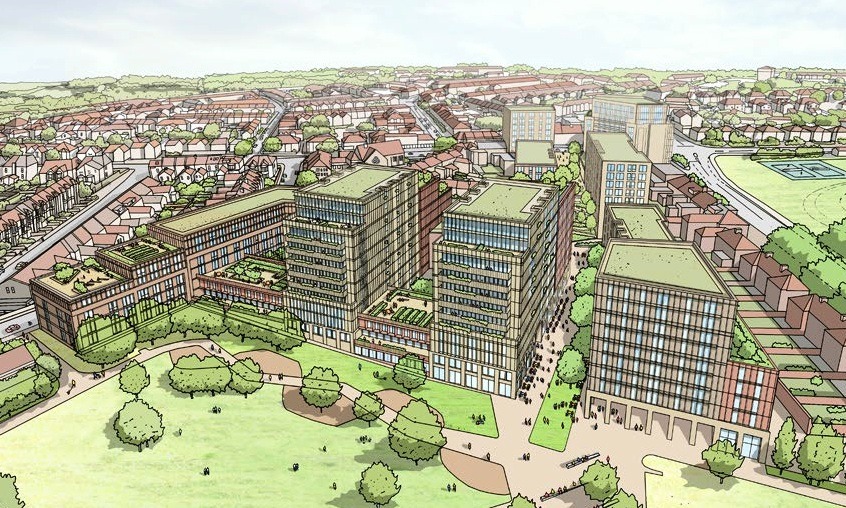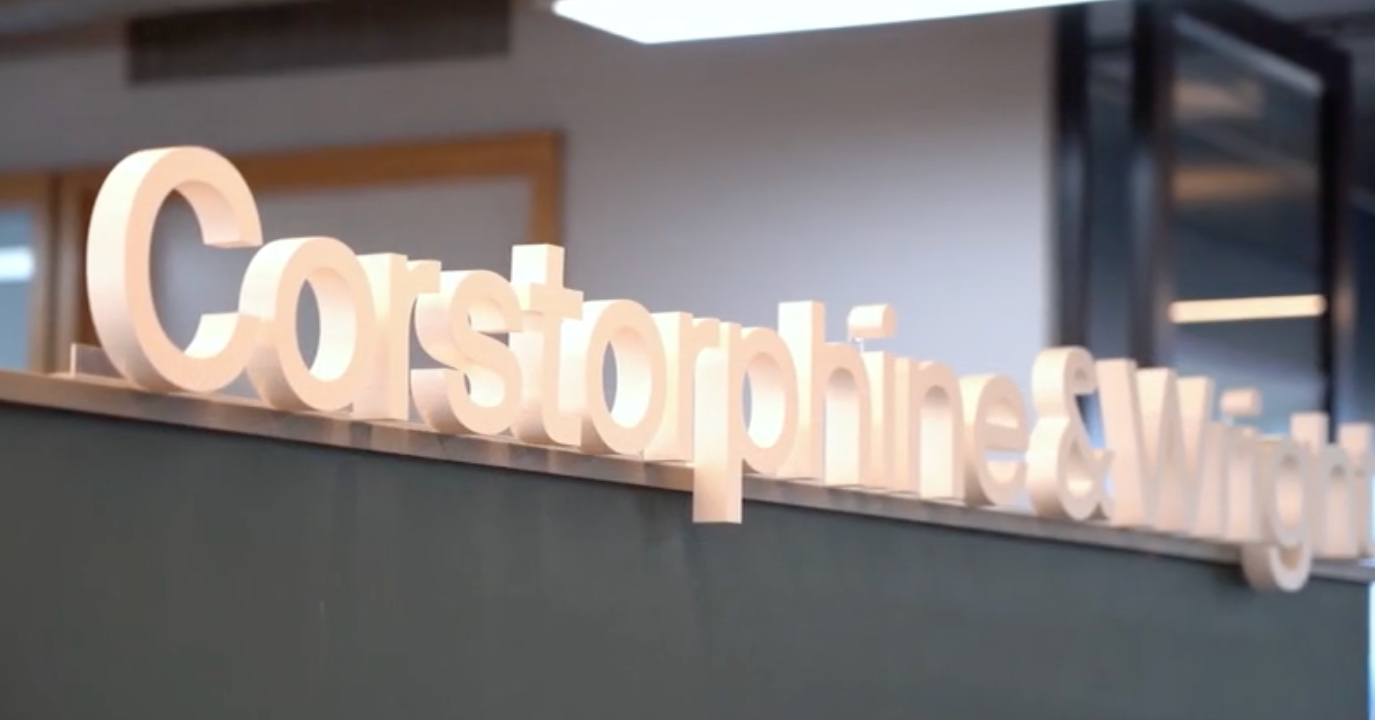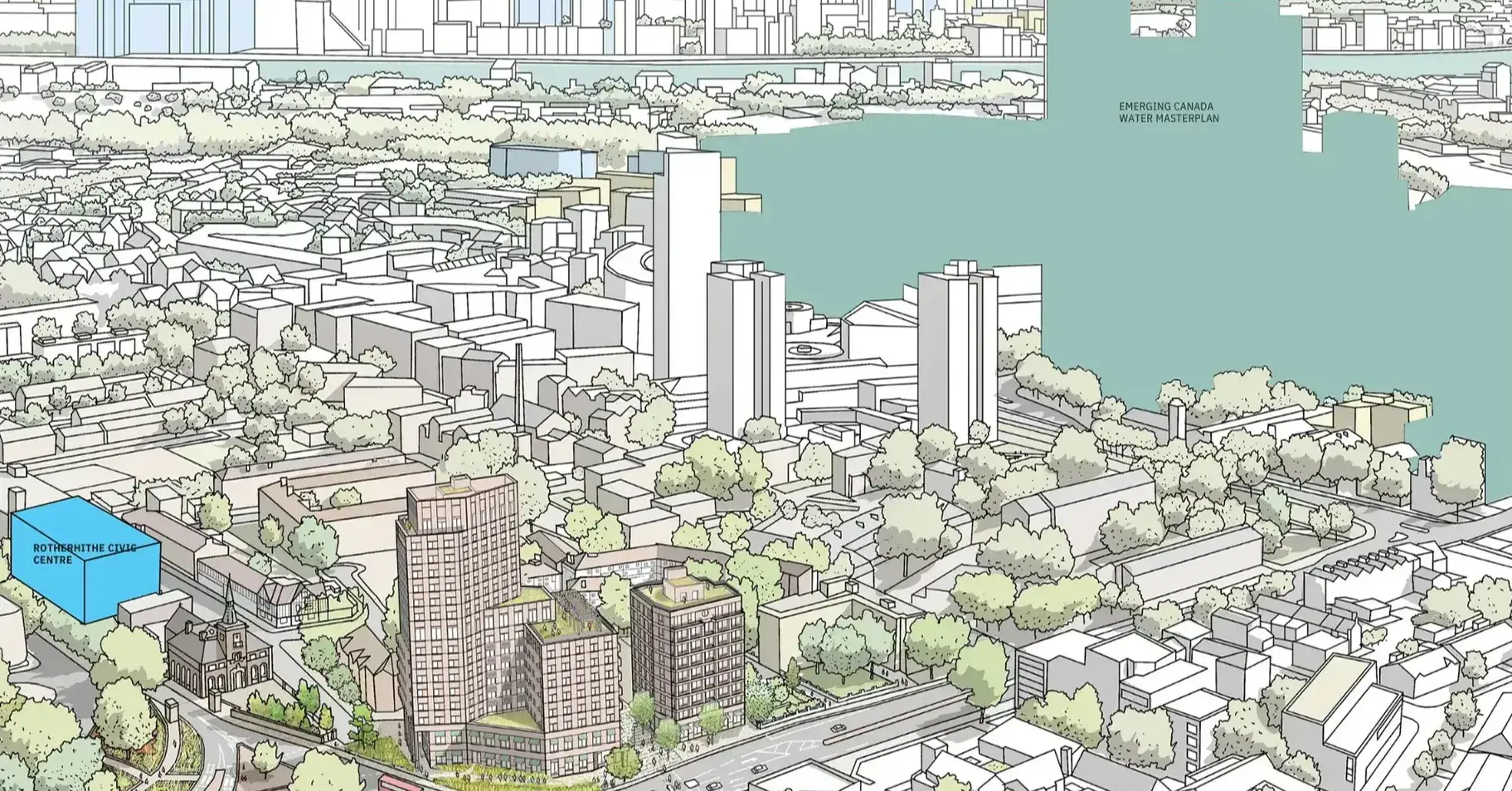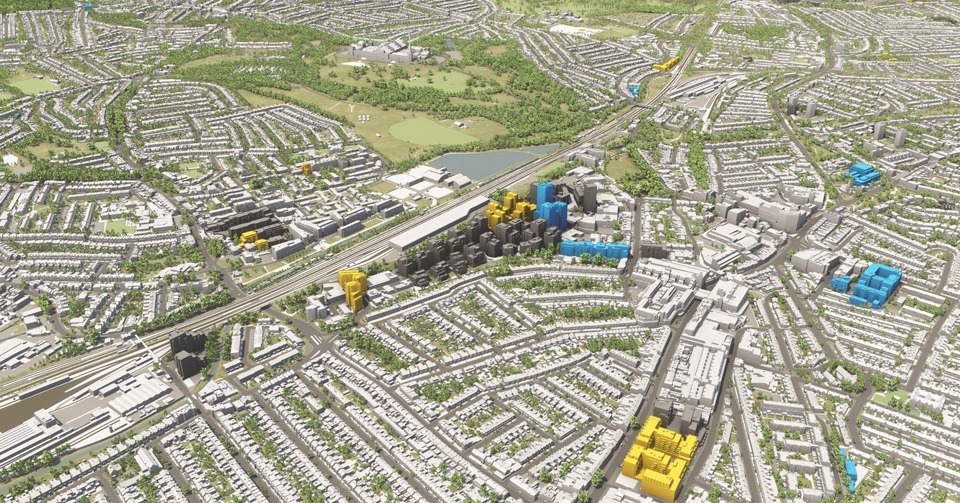The Bristol Broadwalk Scheme Fiasco & the Future of Urban Housing
Overview of the Bristol Broadwalk Scheme
As of July 2023, controversial plans to demolish Bristol’s Broadwalk Shopping Centre were approved. New plans to redevelop this area include:- Up to 850 new homes
- A new pedestrian street with a row of shops
- Space for a cinema or theatre
- A new community space
- Parking for 300+ cars
- And a library
Key concerns include: a lack of affordable housing; hyper-density; and the negative impacts that 3 high-rise tower blocks pose upon the low-rise surrounding area.
Let’s dig into these 3 main issues, why they’ve arisen, and the implications for future urban housing developments.
The 3 major Broadwalk urban housing development issues
1. Providing affordable housing
Out of 850 proposed homes, developers initially only provisioned for 55 affordable homes. This 7% allowance is well below the local council’s target of 23% for Knowle, Bristol.
Following much dispute, developers agreed to provide 80 affordable homes (still only a 9.8% allowance). This promise got plans over the line despite an absence of a legal agreement to secure affordable housing.2
From the developer’s perspective, limiting the number of affordable homes is understandable. After all, gaining sufficient government subsidies can be a complex and long-winded process. Plus with high land, material and demolition costs, it was a balancing act trying to maintain project viability.
2. Too high & “Unacceptably dense”
The 3 tower blocks are set to peak at 12-storeys high (103m), another major point of contention. The initial proposal was refused based on concerns over the height and density being way over policy.
The scheme significantly over-shoots Knowle’s current density of ~70 DPH (dwellings per hectare) – coming in at 428 DPH. This also exceeds the recommended hyper-density threshold of 350 DPH.3
However, this is an inner city location that’s short of housing. And to have lost this £150m investment, would have likely led to a derelict site in the centre of Knowle.2
It’s difficult for architects to both preserve existing communities and uphold a developer’s wishes to maximise profits. But going forward, architects are left with few options but to build upwards – especially with mounting pressures from urbanisation and soaring material costs.
3. Balancing urban housing plans with local services and facilities
Another concern includes the strain that 2000 new residents pose upon local services, such as schools, doctors, and childcare.2 Also, residents question whether 300 new parking spaces is enough.
However, worries were somewhat alleviated by:
- Developers promising subsidised accommodation for new doctors and dentists
- The council promising to protect parking in surrounding streets
- And plans for a new school down the road2
What’s more, a high percentage of Knowle residents cycle and rely on buses to get around. Hence, a “huge number of cycle spaces” have been provisioned on-site, which should help relieve future parking and traffic issues.
All these concerns, whilst justified, are indicative of local stakeholders who are understandably emotionally-invested but lacking in context. That’s why, in this instance, calling upon an unbiased viewpoint from external consultants helped elicit buy-in from key-stakeholders.
The future of urban developments in bristol and beyond
With urbanisation accelerating, cities like Bristol have no choice but to adapt. One solution is to build upwards, which helps ensure economic viability and lessens the need to build on greenfield sites. But there are numerous concerns, such as keeping urban schemes sustainable and congruent with the surrounding context.
Pressure is rising to find quicker ways to subvert local opposition and speed up the planning process. Future urban schemes require a new approach to decision-making. A more collaborative approach that elicits a faster shared understanding amongst stakeholders. Read more about the power of public opinion here.
Ultimately, architects and developers need easier ways to demonstrate how urban schemes impact the surrounding urban context.
—
1 Architects Journal - Bristol Council Rejects Keep Architecture’s Hyperdense Broadwalk Housing Scheme
2 Broadwalk Shopping Centre - Final Committee Report (05/07/2023)
3 Superdensity: the Sequel report 2015 - Chapter 3 (by Matthew Goulcher & Levitt Bernstein)
4 BristolWorld - More than 150 objections made against redeveloping Broadwalk shopping centre
VU.CITY Case Studies
See how leading built environment experts are using VU.CITY
Shape Tomorrow’s Cities, Today.
Begin Your Free Trial Now.


-1-1-1.png)


